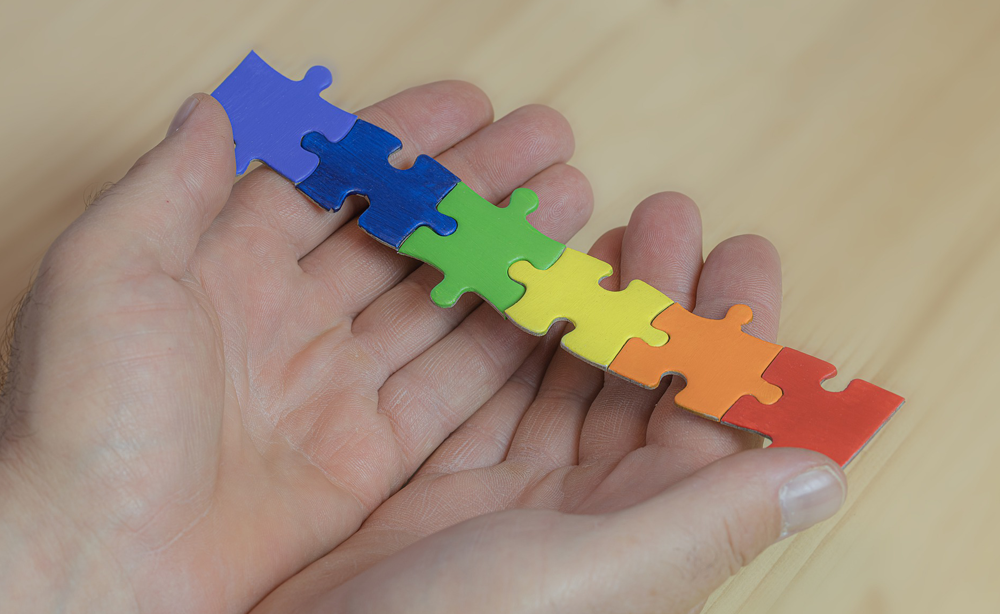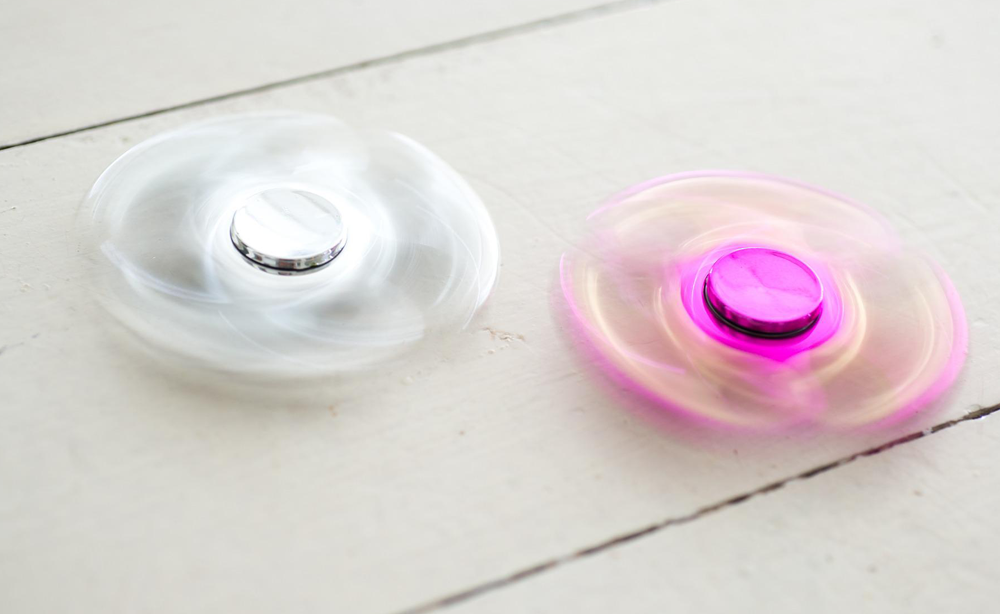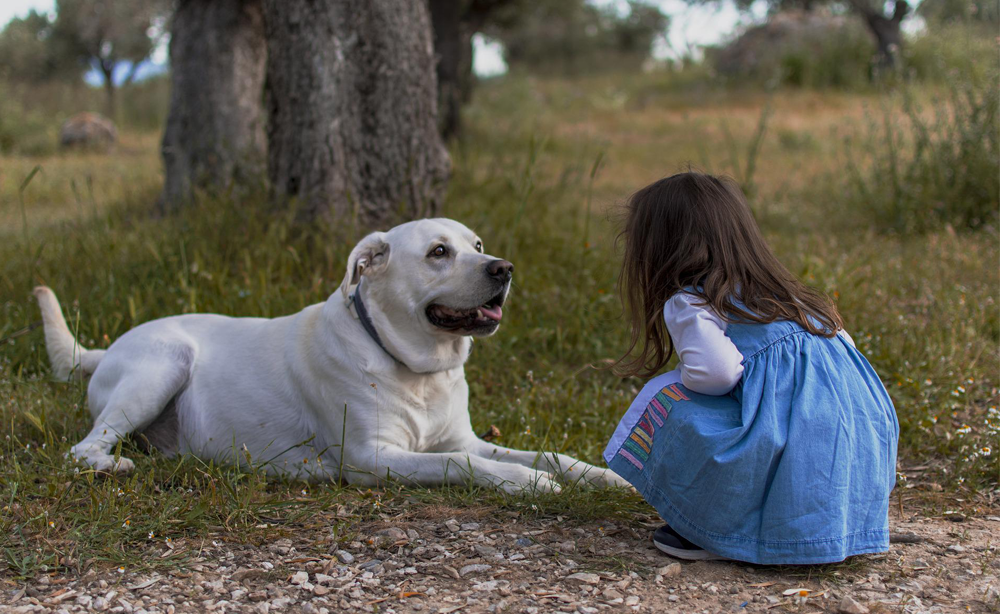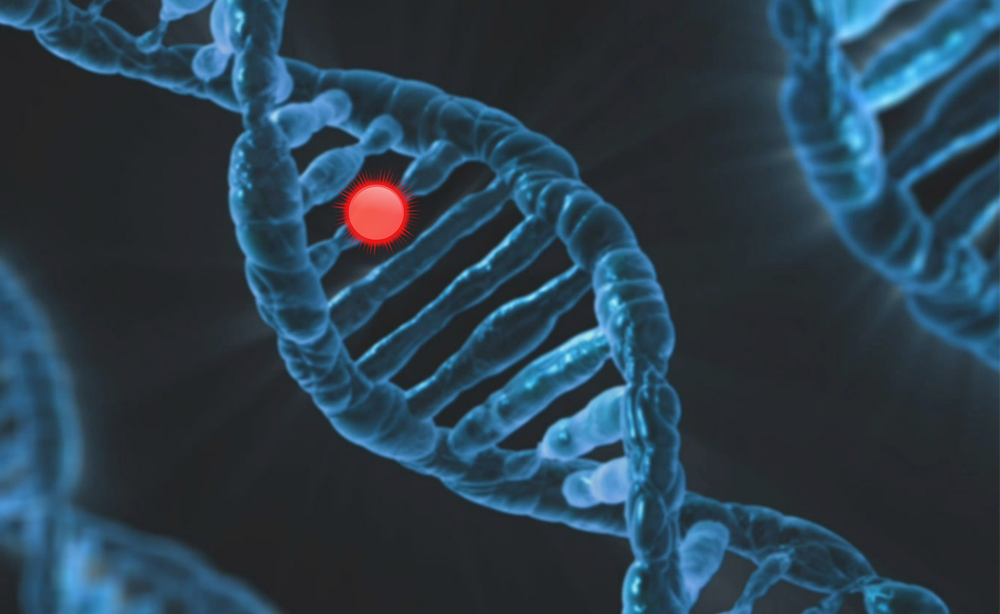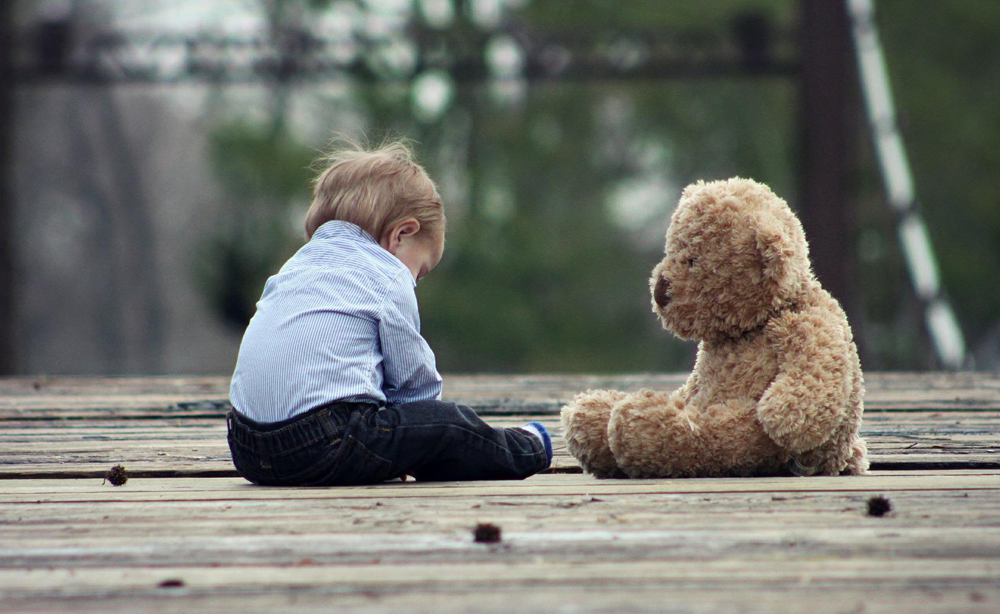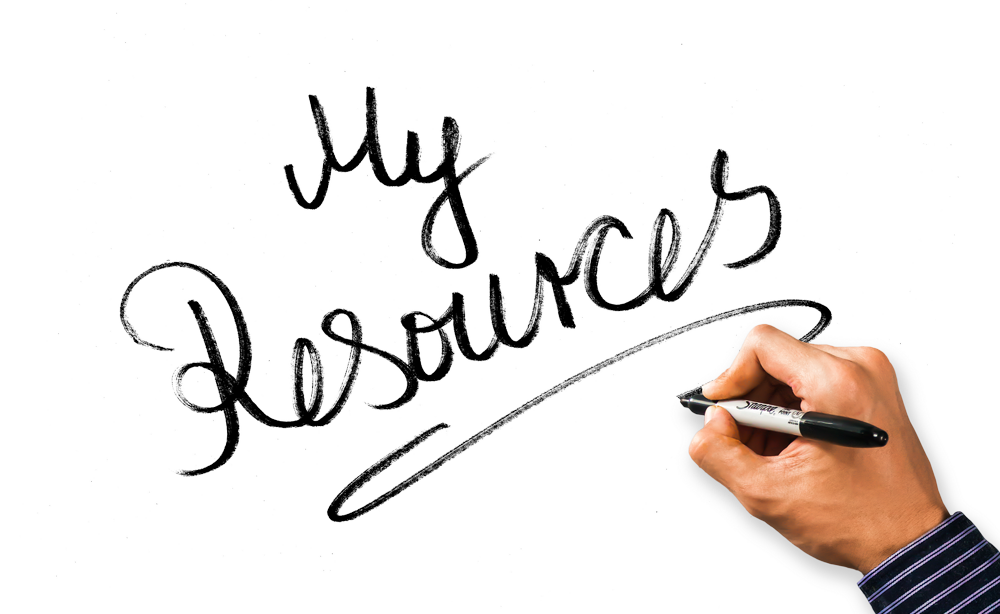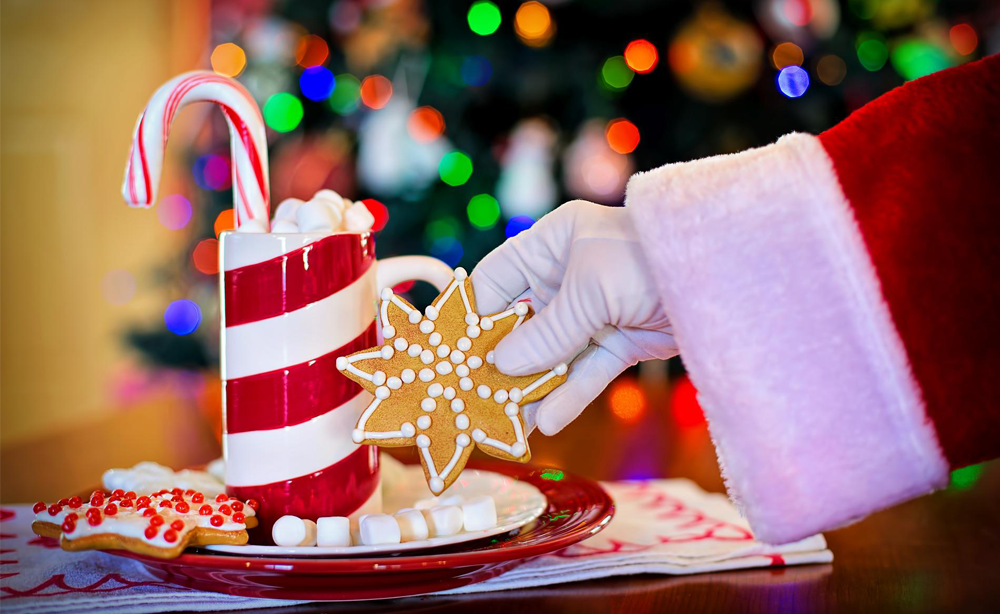Autism-Friendly Amusement Parks in the Midwest
We recently came across an article in Indy’s Child that provided a list of amusement parks in the Midwest that provided unique supports for families with special needs. If you are looking for a family outing this summer, take a look at the list of parks below and see how these parks can accommodate your special needs family member to make the whole family experience better.
1.) Holiday World & Splashin Safari, Santa Claus, IN
They offer a Holiday World Ride Boarding Pass to individuals who are unable to wait in lines. It allows the individual and three guests to check in at a ride and return later without actually having to wait in line. For more information visit www.holidayworld.com/help-information/accessibility
2.) Kings Island and Cedar Point, Mason OH and Sandusky OH
Kings Island and Cedar Point both have a Boarding Pass Program which allows those who are unable to wait in ride lines and three guests to check in and return later to avoid the crowds. Visit Guest Services to request a pass once arriving at the parks. For more information visit www.visitkingsisland.com/plan-a-visit/guests-with-disabilities and www.cedarpoint.com/plan-a-visit/guests-with-disabilities
3.) Kentucky Kingdom and Hurricane Bay, Louisville, KY
Similar to other parks they offer an Attraction Boarding Pass at Guest Services that allows those who are unable to wait in ride lines and three guests the option to skip lines by going to the ride exit and speakign to an employee who will help them board the ride. Additionally, for those with sensory sensitivities, the park offers a quiet resting place for two people in the Carousel Courtyard and Health Services.
For more information visit www.kentuckykingdom.com/faqs-and-policies/rider-requirements/
4.) Six Flags Great America, Gurnee, IL
They offer an Attraction Access Program that allows those whoa re unable to wait in lines and three guests the option to “check-in” at a ride and return later. Unless you request before your trip, you will need to bring a doctor’s note to the park.
For more information visit
Together, we can unlock your child’s potential


